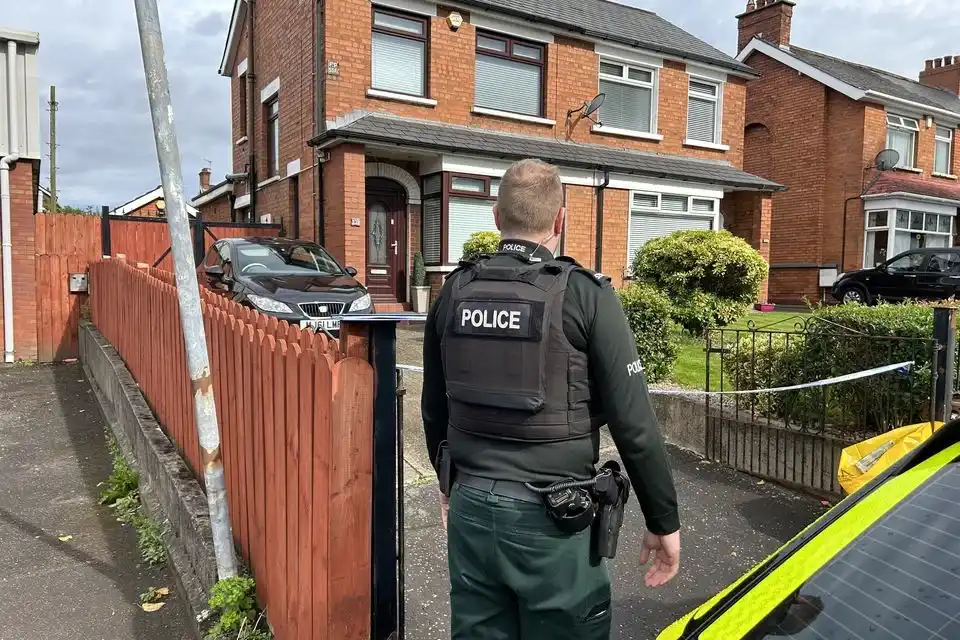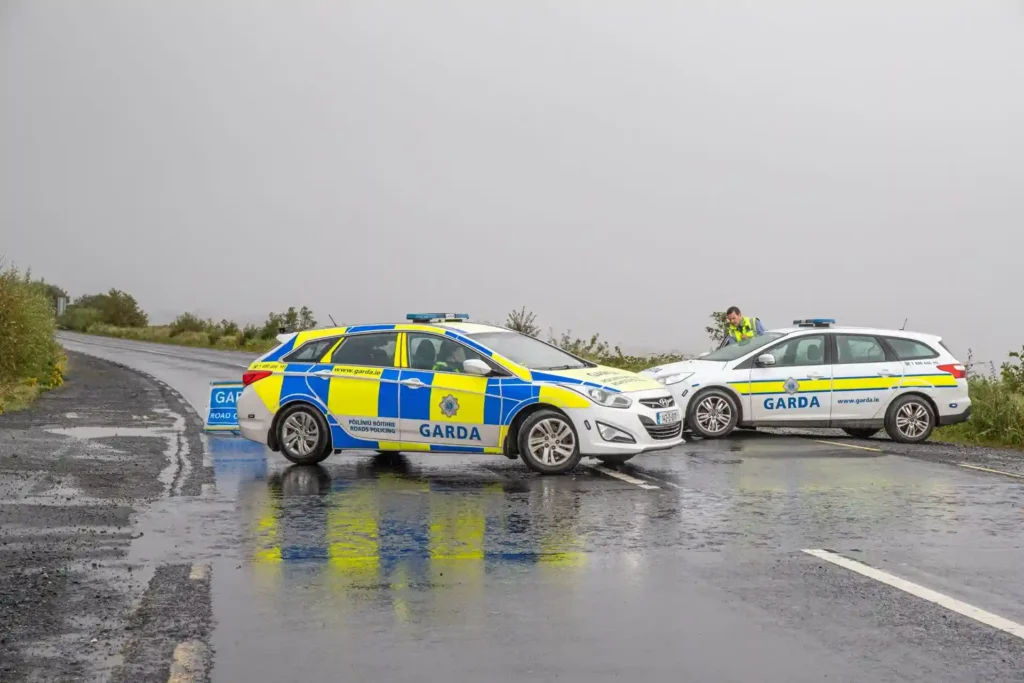Victims of Historic School Abuse Call for Widening Inquiry to Include Corporate Punishment
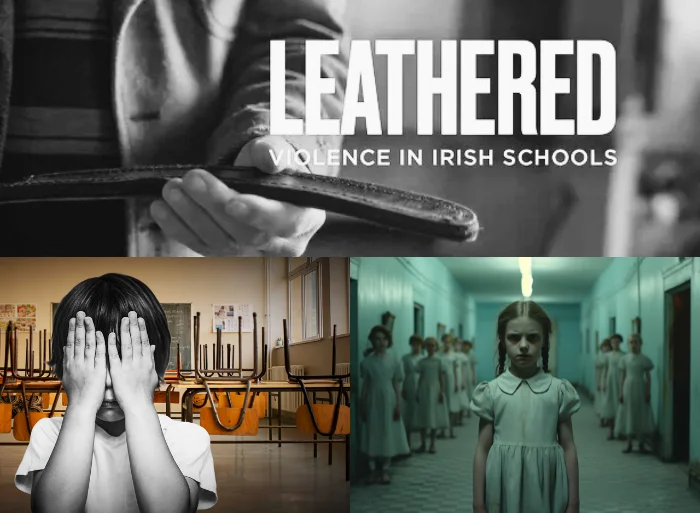
The survivors and victims of historic school abuse have called for the widening of inquiry against the perpetrators. They asked for a statutory inquiry into the massive physical and sexual abuse in schools that should include corporate punishment.
The government already arranged a scoping inquiry and formed a Commission of Investigation in September.
Some of the complaints that came to the Scoping Inquiry Commission about having ensured alleged physical abuse were told that their complaints were not under the terms of reference.
Victims turned to media for help
Many turned to the media to get help and highlight their stories. One of the stories that turned into a documentary would be aired tonight, named ‘Leathered’.
The documentary mentions the use of corporate punishment for such school abuse in Irish institutes from the middle of 20th Century. The documentary probes deeper into the feelings of the victims who were abused in religious and lay schools. The impact of such victims was felt nationwide.
The documentary raised questions about children being treated at schools that were immensely under-reported as physical abuse. The experience of generations is not recorded but still felt deeply inside their hearts.
Victims featured in school abuse documentary
One of the victims, Peter Kane, from Navan, was featured in the documentary. He opened up about the fear he felt while going to school and going through the same because he had to endure.
He said,
“I didn’t cry, that in itself was a signal for him to carry on beating you and he done so, and bounced my head off the blackboard, bounced my body around the room, knocked me up against his desk, and at one stage, I collapsed and fell on the ground because he done something to my back”.
He revealed that it took several weeks for him to recover from the physical abuse his teacher had done to him.
Another victim, Eoin Costello, disclosed the feeling of being punched in the face and the scars that had been with him for life.
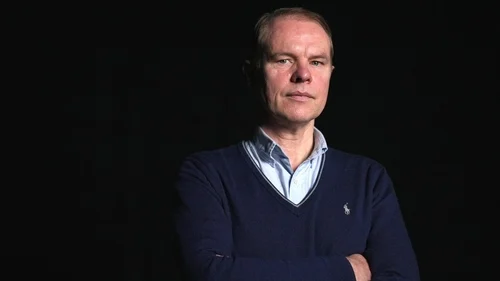
He told that whenever he saw the shadow of the man with his fists clenched, coming from the glass door, he would feel scared to death. The man used to keep punching him until he walked back on his heels and walked out of the room.
It’s been forty years since that incident took place but has never left its mark from his mind, he expressed his distress.
Department of Education released stats of historic school abuse
The historic school abuse between 1962 and 1982, also mentioned in the documentary, states that 108 allegations were reported involving physical abuse induced by the school teachers.
13 of these allegations were counted for physical abuse while the rest 95 were other forms of abuse.
Primary level allegations accounted for up to 87 complaints during the same time period while 21 were at secondary school level. The primary school children include children younger than four years old.
The 1962-82 was the period when millions of students went through the State education system and had to bear with the intolerable historic school abuse. It is inferred that the state-funded primary and secondary school saw an enrolment of 570,380 students in 1962 only.
By 1982, the number had grown to 766,864 when free education was first introduced in 1966.
However, in 1982, ban of corporate punishment was observed in schools in compliance with the Ministerial instrument.
Based on the data of the Department of Education, this was the time when only a few teachers were allowed for a certain level of physical abuse towards their pupils at both primary and secondary level.
Afterwards, it became a norm for the teacher to use physical abuse to instil discipline among school children, even if they had to use it further than the school rules.
Recorded allegations are a reflection of the culture of that time
After a time period of five years from 1982’s ban of corporate punishment, nine allegations came to surface. It was evident that physical abuse did not end in the schools despite the implementation of the ban.
The experts revealed that at that time, it was meant to be the culture within the schools. Small number of record allegations were found, which shows poor record keeping practices by the State.
The Independent Senator is worried
Jillian van Turnhout, former Independent Senator, led the campaign for the ban of corporate punishment in homes in 2015. She was of the view that nobody had predicted it as a big issue at that time, and nobody felt the need to file a report against such actions. Therefore, the information stays as it is received by the Department of Education.
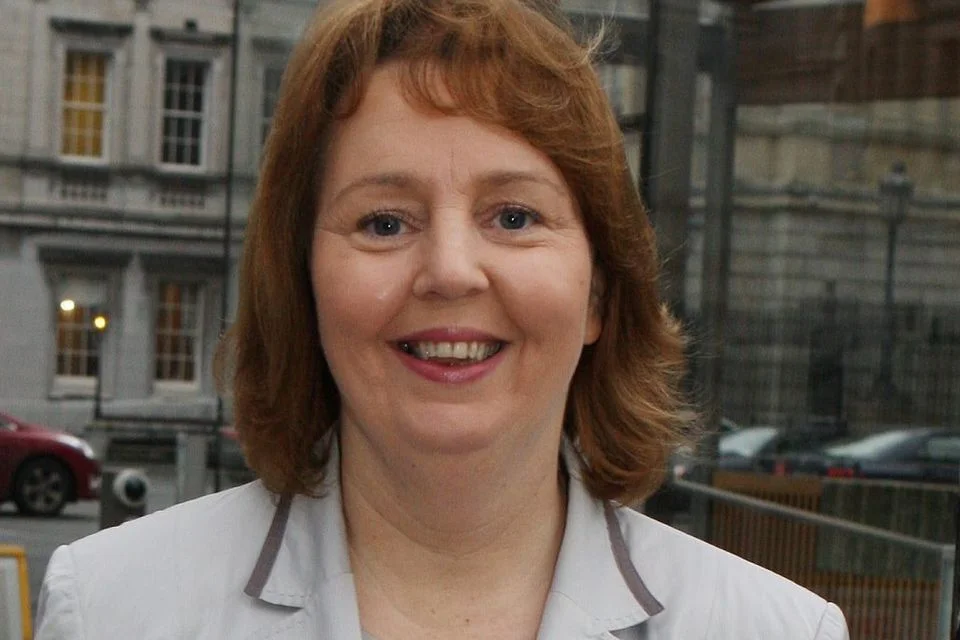
She further added that with Ryan report in 2009, it came into view how big the issue of child abuse was. Physical abuse was twice the incidence of sexual abuse, which was managed in an organised manner, particularly in industrial schools.
The publication of Ryan Report in 2009 showed a nine-year investigation which was state-funded and licensed against the child abuse of Irish children of residential care. The five volumes involving 2600 pages told a story from the eyes of 1,712 witnesses. The abuse of tens of thousands of children at that time was an eye-opener from what the victims had to go through within their memories eternally.
She is now worried why the reporting of child abuse was not done at that time.
The after-effects of the documentary
The contributors of the documentary now want the government to pursue measures against physical abuse in schools. They want it to be done under Statutory Inquiry which should establish its strong grounds based on the history shown in the documentary.
The historical sexual abuse run in day and boarding schools should be addressed by the government, particularly in religious schools.
Dermot Flynn, one of the victims of child abuse, was told by scoping inquiry when he filled out the questionnaire for the documentary and sent them via email, that he wasn’t sexually abused and they “don’t really want to know about your case”.
It dawned upon him that physical abuse wasn’t a big issue after all. It was the reporting that should have been on time that could have impacted his whole life on a new level.
Experts, victims and survivors now feel the urge to pressurise the authorities to establish a true scale so that a wide inquiry and future checks are marked for child abuse and its pertinent corporate punishment.
FAQs
1. What is the documentary ‘Leathered’ about?
‘Leathered’ is a documentary airing tonight that highlights historical school abuse, particularly the use of corporal punishment in Irish schools. It explores personal experiences of survivors, focusing on physical and psychological impacts, with a special emphasis on the abuse culture in mid-20th-century religious and lay schools.
2. Why are survivors of school abuse calling for a statutory inquiry?
Survivors and victims are urging for a statutory inquiry to address not only historic sexual abuse but also physical abuse, including corporal punishment. They want the inquiry to fully cover their experiences and ensure a thorough investigation into abuse practices prevalent in both primary and secondary schools.
3. What has the government done so far regarding the abuse allegations?
The government initiated a scoping inquiry and formed a Commission of Investigation in September to review the abuse allegations. However, many complaints about physical abuse were reportedly excluded from the terms of reference, which has prompted survivors to push for a more comprehensive inquiry.
4. Who are some of the individuals featured in the documentary, and what are their experiences?
Two prominent survivors featured are Peter Kane and Eoin Costello. Kane described being physically beaten and thrown around by a teacher, resulting in long-lasting injuries. Costello shared memories of being repeatedly punched, a traumatic experience that left him scarred for life.
5. How widespread was school abuse in Ireland between 1962 and 1982?
According to the Department of Education, between 1962 and 1982, there were 108 allegations of school abuse. Physical abuse accounted for 13 of these complaints, while the remaining 95 involved other forms of abuse. During this period, corporal punishment was widely used, even after being banned in 1982.
LATEST NEWS
DISCOVER MORE


